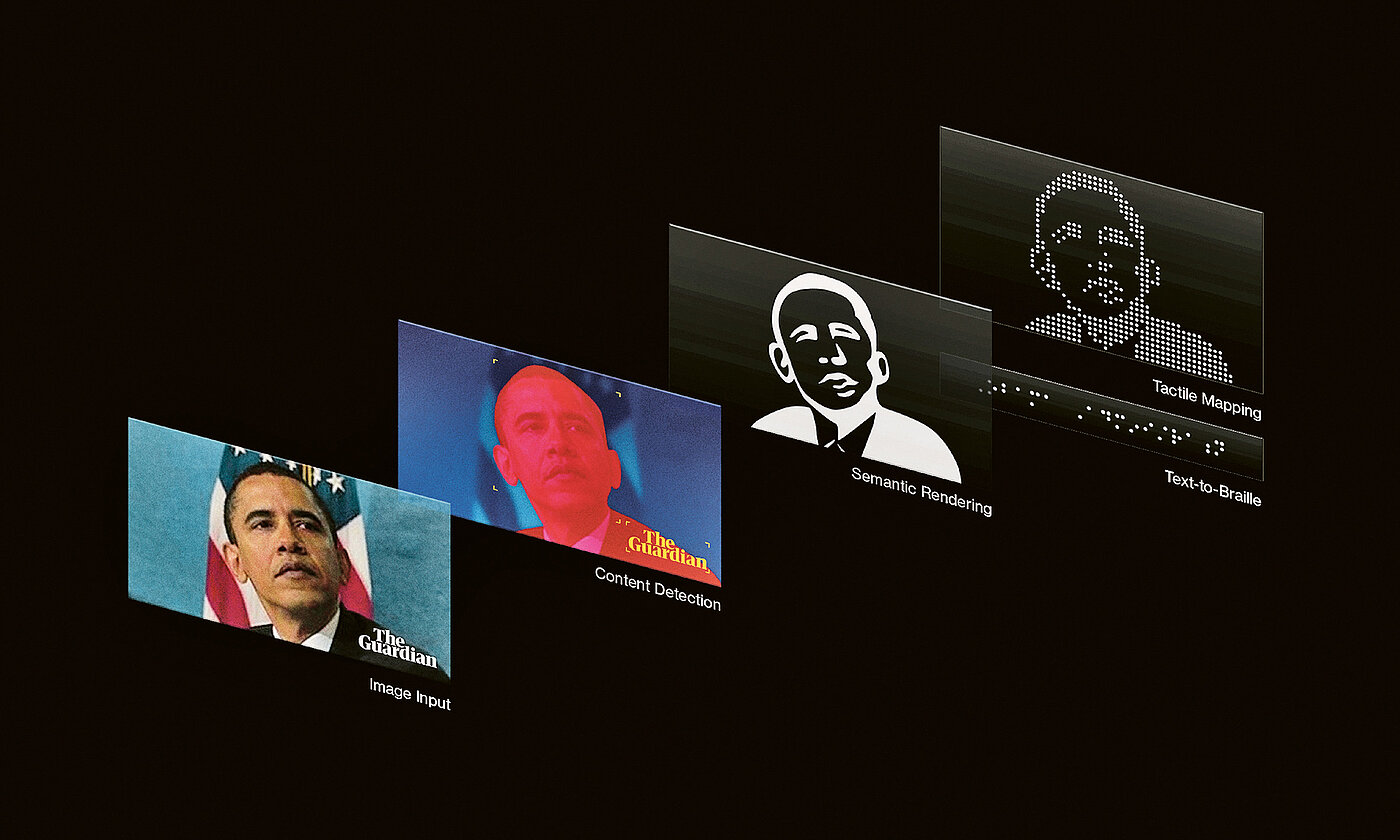![[Translate to English:] [Translate to English:]](/fileadmin/_processed_/f/a/csm_02-05761-2023BC.0995918_CO_79466522de.jpg)
The Serviceplan Group was founded in 1970 as a classic advertising agency. The concept of the “House of Communication” quickly developed – an integrated agency model that unites under one roof all modern communication disciplines: creative and content, media and data, experience and commerce. This includes brand strategists, creatives, experience designers, experts in media, marketing technology and CRM, data scientists, market researchers, and PR consultants and professionals. With 23 company-owned office locations and additional partnerships, the Serviceplan Group is represented in a total of 34 countries worldwide and in all important economic sectors. The precise interaction of more than 40 specialist agencies from the three agency brands Serviceplan, Mediaplus and Plan.Net makes the Serviceplan Group one of the leading agency groups for innovative communication. The self-defined four “I”s serve as the basis: Integrated, International, Independent, Innovative. “Incredible” would be a fitting fifth “I”, because Serviceplan is constantly coming up with developments that amaze: Dot Pad is a perfect example, ensuring greater inclusion thanks to AI.
Interview with SERVICEPLAN GERMANY
Red Dot: Dot Pad makes it easier for blind or visually impaired people to access a wide range of information. How did you approach the development process?
SERVICEPLAN GERMANY: We started by talking directly to visually impaired people to understand their daily challenges. Our team of accessible technology experts, including engineers, designers and accessibility consultants, aimed not only to meet existing needs but also to anticipate future ones. Together with Braille teachers and accessibility specialists, we wanted to ensure that this device would promote independence, education and communication. We continue to be in constant contact with users to further improve the device features through feedback from the visually impaired community.
Using AI, Dot Pad transforms visual information. Can you briefly explain how this works?
The process starts with the capture or input of a visual image – be it a diagram, a photo or even illustrated text. The Dot Image Processor uses AI to analyse this image. This includes segmenting various elements in the image, such as shapes, lines, text, patterns, background, foreground, etc. It then extracts the most important features and translates them into a tactile format.
What content can be transferred to Dot Pad?
Dot Pad is very versatile and can convert a wide range of visual information into tactile graphics and Braille representations. This includes images, text, diagrams, maps, mathematical notations, symbols, educational material, graphical information, artwork and descriptions of digital media.
Even beyond personal use, Dot Pad can be helpful ...
Indeed, the use of Dot Pad in public spaces has the potential to promote greater inclusion. It makes learning materials accessible to visually impaired pupils and students, ensuring that they receive the same content as their peers. In traffic, it again provides real-time information on timetables, maps and directions, enabling people to navigate independently. Cultural institutions can also benefit from Dot Pad so as to make art and history more accessible.
In addition, Dot Pad’s compatibility with public systems and its wireless connectivity make it a practical tool for providing time-sensitive updates, emergency notifications and guidance. Dot Inc. works with many public and private institutions to ensure that Dot Pad reaches visually impaired people worldwide.


![[Translate to English:] [Translate to English:]](/fileadmin/_processed_/d/1/csm_16-01212-2023BC.0987804_CO_9c372d320b.jpg)
![[Translate to English:] [Translate to English:]](/fileadmin/_processed_/9/2/csm_03-05984-2023BC.0991559_CO_e260d8538e.jpg)